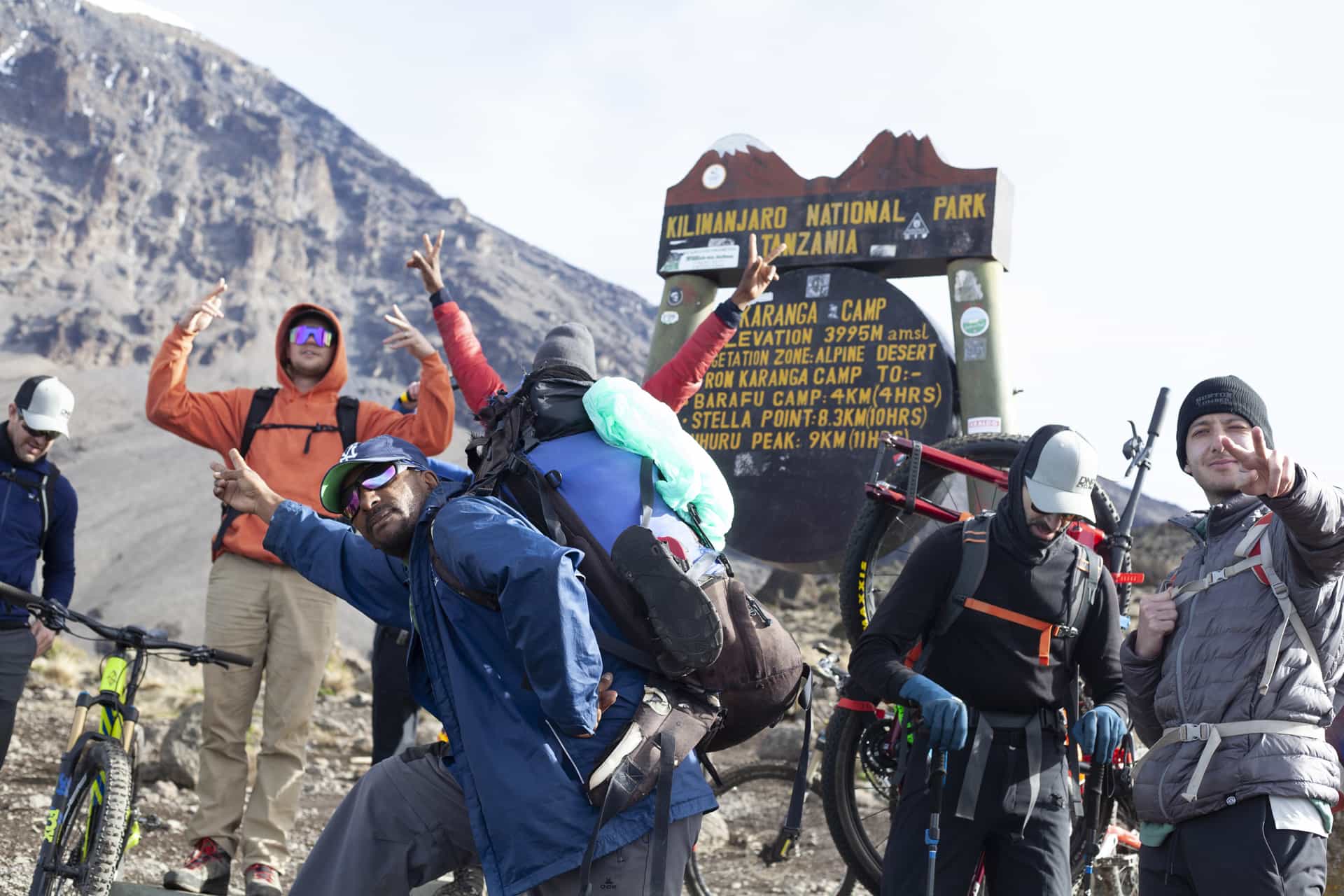What Fitness Level is required to Climb Kilimanjaro?
What Fitness Level is required to Climb Kilimanjaro?
Mount Kilimanjaro, the highest peak in Africa, is a challenging but achievable goal for many trekkers. Unlike technical climbs that require mountaineering skills, Kilimanjaro is a non-technical trek. However, reaching the summit at 5,895 meters (19,341 feet) demands a good level of physical fitness, endurance, and mental preparation. Below is a guide to the fitness level required to climb Kilimanjaro successfully.
1. Basic Fitness Requirements
Climbing Kilimanjaro requires a combination of cardiovascular endurance, strength, and stamina. Here are the key fitness aspects to focus on:
- Cardiovascular Endurance: The trek involves long hours of walking at high altitudes. Engaging in aerobic exercises such as running, cycling, swimming, or brisk walking at least 3-4 times a week will help improve lung capacity and stamina.
- Leg Strength: Your legs will carry you up the mountain for multiple days, so strong leg muscles are crucial. Squats, lunges, stair climbing, and hiking on uneven terrain will help build the necessary strength.
- Core Stability: A strong core helps maintain balance and posture, reducing fatigue and the risk of injuries. Exercises like planks, sit-ups, and lower back workouts will improve core stability.
- Overall Stamina: The trek can last between 5-9 days, requiring endurance. Training with longer hikes and gradually increasing difficulty will help condition your body for the prolonged effort.
2. Recommended Training Plan
Preparing for Kilimanjaro should start at least 2-3 months in advance. A well-structured training plan should include:
- Hiking Practice: Trekking on varied terrain with a weighted backpack (5-10 kg) to simulate real conditions.
- Cardio Workouts: Running, cycling, and stair climbing at least 3-4 times per week.
- Strength Training: Leg and core exercises 2-3 times a week.
- Altitude Simulation: If possible, train at higher altitudes or use stair climbing to mimic the uphill challenge.
3. Mental Preparation
Climbing Kilimanjaro is not only a physical challenge but also a mental one. The slow pace, cold temperatures, and long trekking hours require patience, determination, and mental resilience. Mental preparation includes:
- Adapting to discomfort: Cold temperatures, lack of sleep, and physical exhaustion can be tough, so training in different conditions helps.
- Positive mindset: Staying motivated and focused on the goal is key to overcoming challenges on the mountain.
4. Altitude and Acclimatization
One of the biggest challenges of Kilimanjaro is altitude sickness due to reduced oxygen levels. Even the fittest climbers can experience altitude sickness. Choosing a longer route (7-9 days) allows better acclimatization and increases the chances of reaching the summit safely.
 5. Who Can Climb Kilimanjaro?
5. Who Can Climb Kilimanjaro?
- Beginners: First-time trekkers can summit with the right training and preparation.
- Older Climbers: Many people in their 50s, 60s, and even 70s successfully climb Kilimanjaro with proper fitness training.
- Children: The minimum age requirement is 10 years old, but young climbers must be in excellent health and mentally prepared.
Conclusion
While Kilimanjaro does not require technical mountaineering skills, it demands good physical fitness, endurance, and mental resilience. With proper training focusing on cardiovascular health, leg strength, and acclimatization strategies, climbers can significantly improve their chances of reaching the summit. Start preparing early, follow a structured training plan, and approach the climb with determination and confidence!





